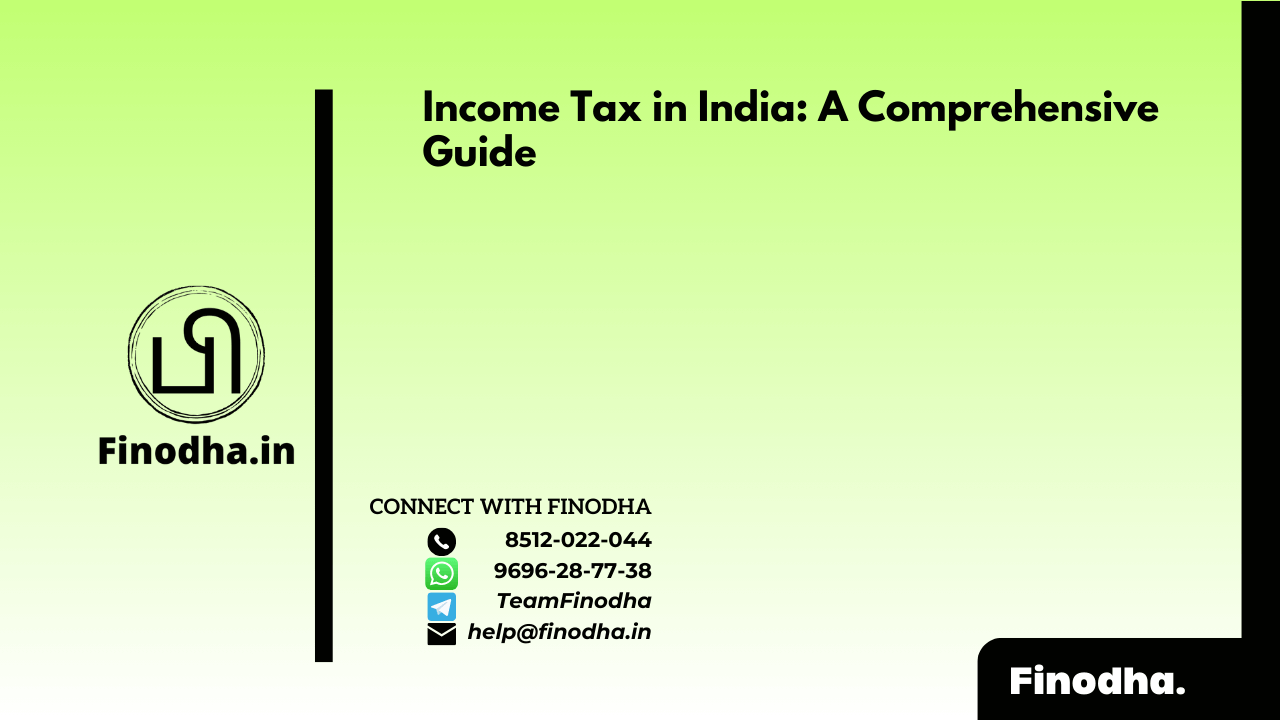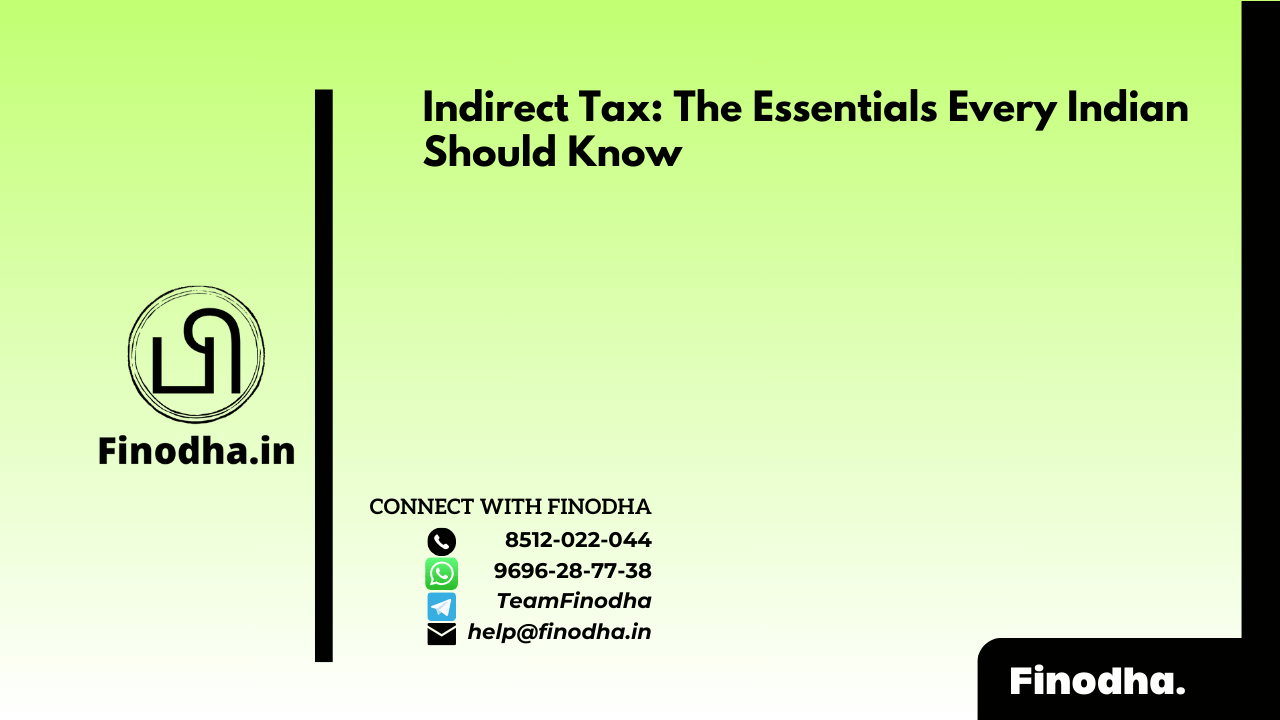Important Keyword: Rule 54(1) CGST Rules 2017, Section 73 CGST Act 2017, Section 74 CGST Act 2017, Section 21 CGST Act 2017, Section 20 CGST Act 2017, Rule 39(1) (f) CGST Rules 2017, Rule 54(1A) CGST Rules 2017, Rule 54(1) CGST Rules 2017, Section 20(2) CGST Act 2017, Rule 39(1)(b) CGST Rules 2017, Rule 39(1) (a) CGST Rules 2017, Rule 39(1) (j) CGST Rules 2017.
3rd Edition: 15th December 2018
(Note: Changes announced in GST Council meeting held on 22nd December 2018 are being incorporated and the updated edition will be uploaded shortly)
Table of Contents
Contents
- Overview of Goods and Services Tax (GST)
- Levy of and Exemption from Tax
2.1 Composition Levy - Registration
3.1 Amendment of Registration
3.2 Cancellation of Registration - Meaning and Scope of Supply
- Time of Supply
- Valuation in GST
- GST Payment of Tax
7.1 TDS Scheme - Electronic Commerce and Tax Collected at Source
- Job Work
- Input Tax Credit
- Concept of Input Service Distributor in GST
- Returns Process
- Assessment and Audit
13.1 Invoice, Credit and Debit Note
13.2 Accounts and Records under GST
13.3 E Way Bill - Refunds
14.1 Refunds by UINs - Demands and Recovery
- Appeals/Revision
- Advance Ruling
- Inspection, Search, Seizure and Arrest
- Offences, Penalties, Prosecution and Compounding
- Overview of the IGST Act
- Exports and Imports
21.1 Exports
21.2 Export of Services
21.3 Duty Drawback Scheme
21.4 Special Economic Zone(SEZ)
21.5 Export Oriented Units
21.6 Imports - Place of Supply of Goods and Service
22.1 Place of Supply of Goods
22.2 Place of Supply of Services (Location of supplier as well as recipient are in India)
22.3 Place of Supply of Services (Location of supplier or recipient is outside India) - GSTN and Frontend Business Process on GST Portal
- Transitional Provisions
- Anti-profiteering provisions
CENTRAL BOARD OF INDIRECT TAXES & CUSTOMS
NEW DELHI
11. Concept of Input Service Distributor in GST
Q 1. What is Input Service Distributor (ISD)?
Ans. ISD means an office of the supplier of goods or services or both which receives tax invoices towards receipt of input services and issues a prescribed document for the purposes of distributing the credit of central tax (CGST), State tax (SGST)/ Union territory tax (UTGST) or integrated tax (IGST) paid on the said services to a supplier of taxable goods or services or both having same PAN as that of the ISD.
Q 2. What are the requirements for registration as ISD?
Ans. An ISD is required to obtain a separate registration even though it may be separately registered. The threshold limit of registration is not applicable to ISD. The registration of ISD under the existing regime (i.e. under Service Tax) would not be migrated in Goods and Service Tax regime. All the existing ISDs will be required to obtain fresh registration under new regime in case they want to operate as an ISD.
Q 3. Whether the distributor and the recipient situated in different states can have different PAN number?
Ans. No. It is mandatory that the Input Service Distributor and the recipient of credit are persons having the same PAN, whether or not they are located in the same State.
Q 4. What are the documents for distribution of credit by ISD?
Ans. The distribution of credit would be done through an Input Service Distributor invoice or Input Service Distributor credit note or any document issued by an Input Service Distributor in accordance with the provisions of rule 54(1) of the Central Goods and Service Tax Rules, 2017. The said document would contain the amount of input tax credit being distributed.
Q 5. Can an ISD distribute the input tax credit to all suppliers?
Ans. No. The input tax credit of input services shall be distributed only amongst those registered persons who have used the input services in the course or furtherance of business.
Q 6. It is not possible many a times to establish a one-to-one link between quantum of input services used in the course or furtherance of business by a supplier. In such situations, how distribution of ITC by the ISD is to be done?
Ans. In such situations, distribution would be based on a formula. Firstly, distribution would be done only amongst those recipients of input tax credit to whom the input service being distributed are attributable. Secondly, distribution would be done amongst the operational units only. Thirdly, distribution would be done in the ratio of turnover in a State or Union territory of the recipient during the period to the aggregate of all recipients to whom input service being distributed is attributable. Lastly, the credit distributed should not exceed the credit available for distribution.
Q 7. What does the turnover used for ISD cover?
Ans. The turnover for the purpose of ISD does not include any duty or tax levied under entry 84 and 92A2 of List I and entry 51 and 54 of List II of the Seventh Schedule to the Constitution. (The entry 92A Inserted vide Central Goods and Service Tax (Amendment) Act, 2018; Not for implementation is yet to be issued)
Q 8. Is the ISD required to file return?
Ans. Yes, ISD is required to file monthly return by 13th of the following month in form GSTR-6.
Q 9. Can a company have multiple ISD?
Ans. Yes, different offices like marketing division, security division etc. may apply for separate ISD.
Q 10. What are the provisions for recovery of excess/wrongly distributed credit by ISD?
Ans. The excess/wrongly distributed credit can be recovered from the recipients of credit along with interest by initiating action under section 73 or 74. (Section 21 of the Central Goods and Service Tax Act, 2017)
Q 11. Whether CGST and IGST credit can be distributed by ISD as IGST credit to recipients located in different States?
Ans. Yes,Central Goods and Service Tax credit can be distributed as IGST and IGST credit can be distributed as Central Goods and Service Tax by an ISD for the recipients located in different States.
Q 12. Whether SGST / UTGST credit can be distributed as IGST credit by an ISD to recipients located in different States?
Ans. Yes, an ISD can distribute SGST /UTGST credit as IGST for the recipients located in different States.
Q 13. How are integrated tax, central tax and state tax to be distributed?
Ans. The distribution is to be made by an ISD as per following criteria:
- Integrated tax as integrated tax.
- Central tax as central tax (if the recipient and ISD are located in the same State) and as integrated tax (if the recipient and ISD are not located in the same State).
- State tax as state tax (if the recipient and ISD are located in the same State) and as integrated tax (if the recipient and ISD are not located in the same State). In case of distribution of central/ state tax as integrated tax, it should be ensured that the amount distributed equals the amount of credit of central and state tax put together (Section 20 of Central Goods and Service Tax Act, 2017 read with Rule 39(1) (f) of the Central Goods and Service Tax Rules, 2017)
Q 14. Whether Central Goods and Service Tax and State Goods and Service Tax can be distributed as State Goods and Service Tax and Central Goods and Service Tax respectively within the states and between the states?
Ans. No. The credit of Central Goods and Service Tax cannot be distributed as State Goods and Service Tax and vice versa. Similarly, one State SGST cannot be distributed as another state SGST.
Q 15. How to distribute common credit among all the recipients of an ISD?
Ans. The common credit used by all the recipients can be distributed by ISD on pro rata basis i.e. based on the turnover of each recipient to the aggregate turnover of all the recipients to which credit is distributed. (Rule 54(1A) of the Central Goods and Service Tax Rules, 2017)
Q 16. What are the conditions applicable to Input service distributor to distribute the credit?
Ans. An Input Service Distributor can distribute the credit subject to the following conditions:
- The credit can be distributed to recipient against a document containing such details as prescribed in Rule 54(1) of the Central Goods and Service Tax Rules, 2017;
- The amount of credit distributed shall not exceed the amount of credit available for distribution;
- The credit of tax paid on input service attributable to a recipient of credit shall be distributed only to that recipient;
- If credit is attributable to more than one recipient, then it shall be distributed among such recipient(s) to whom the input service is attributable on pro rata basis of the turnover in a State of such recipient during
- the relevant period, to the aggregate of the turnover of all such recipients to whom such input service is attributable.
- If credit is attributable to all recipients, the above method of allocation on pro rata may be applied with reference to all recipients, which are operational in current year (Section 20(2) of the Central Goods and Service Tax Act, 2017)
Q 17. Whether ineligible credit should be distributed by an ISD?
Ans. The Input Service Distributor has to separately distribute the amount of ineligible input tax credit, under the provisions of section 17(5) or otherwise and the amount of eligible input tax credit. (Rule 39(1)(b) of the Central Goods and Service Tax Rules, 2017)
Q 18. Whether ISD can distribute ITC received in one month in subsequent months?
Ans. No. The ITC available for distribution by an ISD should be distributed to the recipients in the same month itself. (Rule 39(1) (a) of the Central Goods and Service Tax Rules, 2017).
Q 19. How to determine the amount to be distributed to a recipient by an ISD?
Ans. The eligible amount to be distributed in relation to a recipient is to be calculated in the following way:
C1 = (t1/T) x C
Where C1 = Amount distributed to a recipient C = Amount of credit to be distributed
t1 = Turnover of the recipient during the relevant period
T = Aggregate of the turnover of all the recipients during the relevant period (d)
Q 20. How will the input tax credit having already distributed be reversed on issuance of an ISD credit note?
Ans. The credit reduced by issuance of an ISD credit note is to be apportioned to each recipient in the same ratio in which the credit of the original invoice was distributed. The amount mentioned in the credit note should be reduced from the amount to be distributed in the month in which credit note is issued. If the amount of credit being distributed is less, the amount to be apportioned needs to be added to the output tax liability.
(Rule 39(1) (j) of the Central Goods and Service Tax Rules, 2017)
Q 21. Whether the excess credit distributed could be recovered from ISD by the department?
Ans. No. Excess credit distributed can be recovered along with interest only from the recipient and not ISD. The provisions of section 73 or 74 would be applicable for the recovery of credit.
Q 22. What are the consequences of credit distributed in contravention of the provisions of the Act?
Ans. The credit distributed in contravention of provisions of Act could be recovered from the recipient to which it is distributed along with interest.
*****
Read More: FREQUENTLY ASKED QUESTIONS (FAQs) ON FINAL GOODS AND SERVICES TAX (GST) Part- 10
Download Pdf: https://gstcouncil.gov.in/sites/default/files/faq/Final-GST-FQ-31218.pdf




